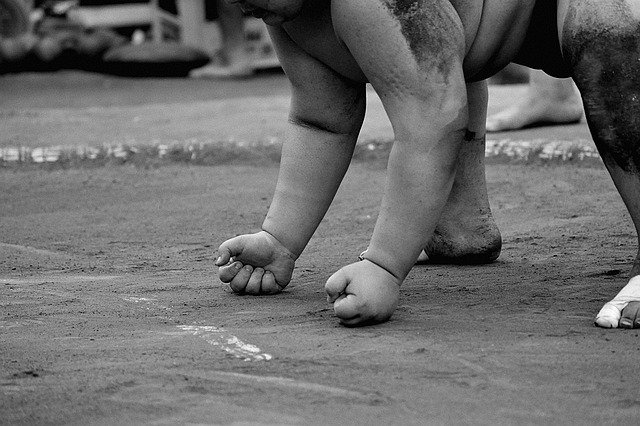Adapting spaces to support sensory and motor development in young children
Designing daycare interiors and outdoor areas with sensory-rich materials, safe movement zones, and predictable routines supports infants and toddlers as they reach early milestones. Practical adjustments—paired with staff training and family engagement—help integrate development, hygiene, and nutrition into everyday care.

Young children rely on repeated, meaningful interactions with their surroundings to build sensory systems and motor skills. In childcare settings, adapting spaces to allow safe exploration, clear routines, and varied sensory input encourages steady progress through developmental milestones. Thoughtful layouts, age-appropriate materials, and consistent caregiver responses combine to support both gross and fine motor growth while maintaining hygiene and nutrition practices that protect health.
This article is for informational purposes only and should not be considered medical advice. Please consult a qualified healthcare professional for personalized guidance and treatment.
How can childcare environments aid development?
Effective childcare spaces are intentionally organized to balance active movement and quieter sensory opportunities. Use open areas for gross motor play, with traffic patterns that reduce collisions and support independent navigation. Low shelving at child height promotes fine motor practice as children choose and return materials, and designated sensory corners offer tactile, visual, and auditory experiences without overwhelming young learners. Integrating handwashing stations and diapering areas near activity zones helps reinforce hygiene and routines while making transitions predictable for infants and toddlers.
What do infants need for sensory growth?
Infants require small-scale, controlled sensory experiences matched to their tolerance and developmental stage. Tummy-time mats, soft-supported wedges, and a few high-contrast toys provide visual and proprioceptive stimulation while encouraging head control and upper-body strength. Gentle music and soft textures introduce auditory and tactile variety, and rotating toys prevents habituation while keeping cleaning schedules manageable. Caregivers should monitor cues of overstimulation, adjust light and noise levels when necessary, and follow strict cleaning and feeding protocols to protect health and promote nutrition-sensitive routines.
How do toddlers benefit from motor-focused areas?
Toddlers are refining balance, coordination, and manipulative skills. Provide low climbing platforms, gentle ramps, balance beams, and large-muscle toys for safe gross motor practice, with cushioned landing zones and stable handrails to reduce injury risk. Fine motor areas stocked with blocks, lacing cards, crayons, and utensils let children practice precision and bilateral coordination. Scheduling snack and rest periods around active play supports sustained engagement and adequate nutrition, while clear supervision strategies and safety checks maintain a secure environment for energetic exploration.
How do routines, safety, and hygiene fit in?
Routines anchor children’s days and create the predictability needed to explore confidently. Arrange physical spaces so routines—mealtimes, diapering, and naps—flow naturally and reduce disruptions to play. Safety measures such as rounded furniture edges, secure storage for hazardous items, and routine equipment inspections are essential. Hygiene systems, including accessible sinks, toy rotation and sanitation plans, and safe food-handling areas, should be embedded in the environment and daily schedule to minimize illness while enabling continuous sensory and motor activities.
How can staff training and curriculum support milestones?
Staff training focused on developmental observation, responsive interaction, and adaptive teaching enhances the impact of environmental changes. Training should teach caregivers how to scaffold challenges, document milestones, and individualize activities for diverse needs. A curriculum blending free play, structured motor tasks, and sensory exploration ensures children receive repeated practice across settings. Sharing milestone observations through family engagement channels allows caregivers to reinforce skills at home, creating a consistent approach across daycare and family environments while aligning with local licensing expectations.
How does outdoor play and family engagement help?
Outdoor play expands sensory and motor possibilities with varied surfaces, natural materials, and larger movement spaces that support balance, coordination, and risk assessment. Gardens, sand, and water play introduce tactile and proprioceptive input distinct from indoor materials. Encouraging family engagement by communicating simple at-home activities, nutrition tips, and routine strategies helps transfer skills across contexts. Collaboration with local services can connect families to community play spaces and resources that complement the center’s curriculum and licensing requirements.
Practical adjustments to childcare spaces—combining sensory corners, motor-safe zones, predictable routines, and robust hygiene and nutrition practices—create rich opportunities for infants and toddlers to reach developmental milestones. When these environmental changes are paired with staff training, thoughtful curriculum design, and family engagement, daycare settings become dependable places for steady sensory and motor growth across early childhood.






